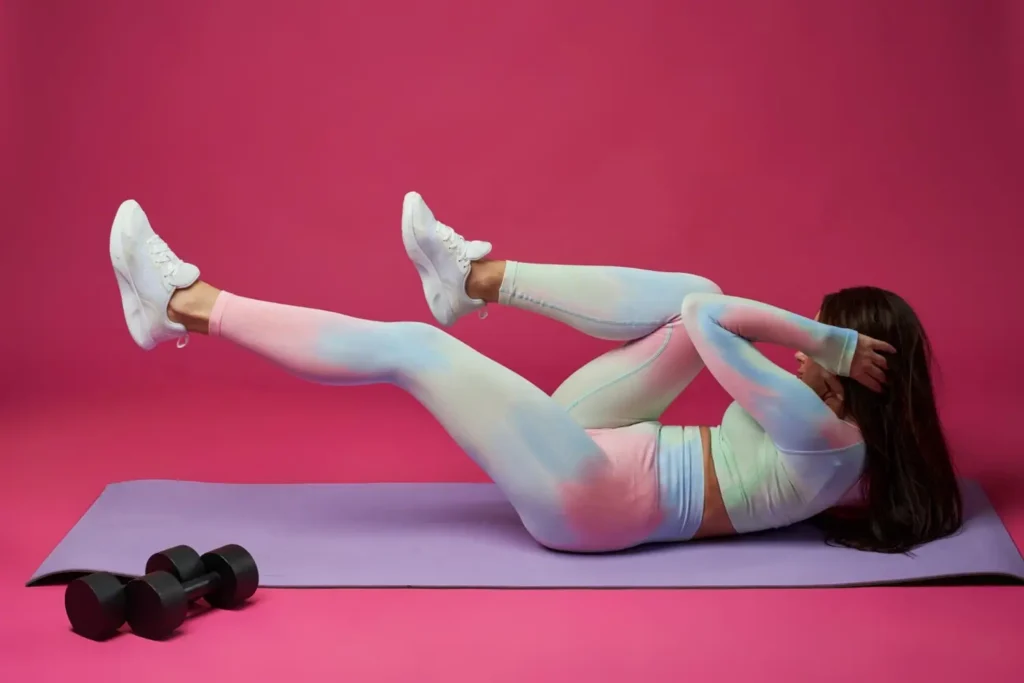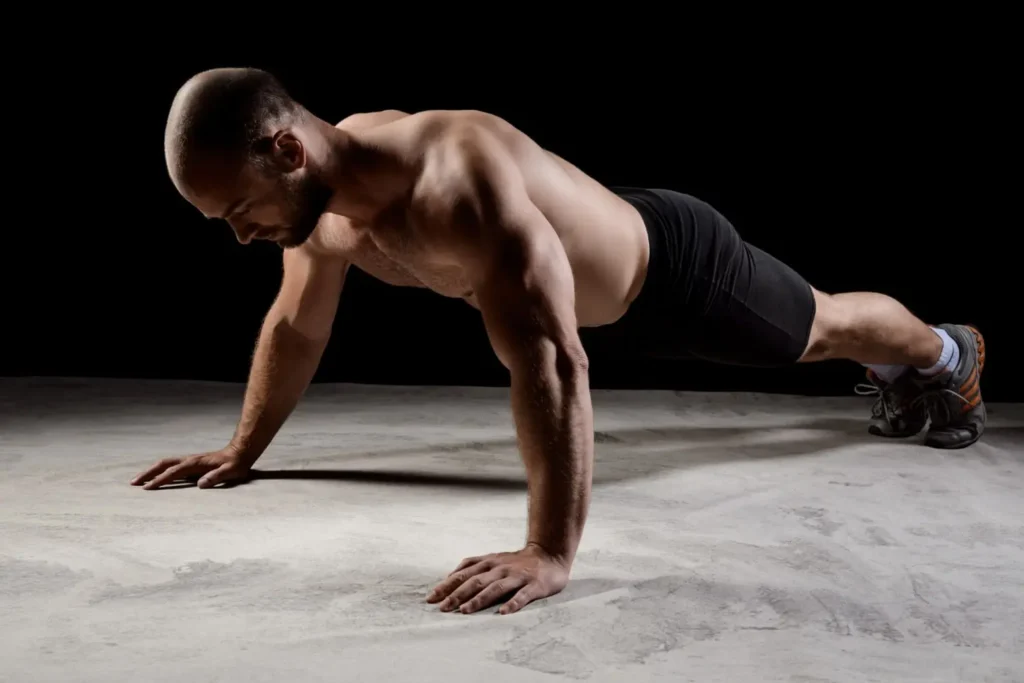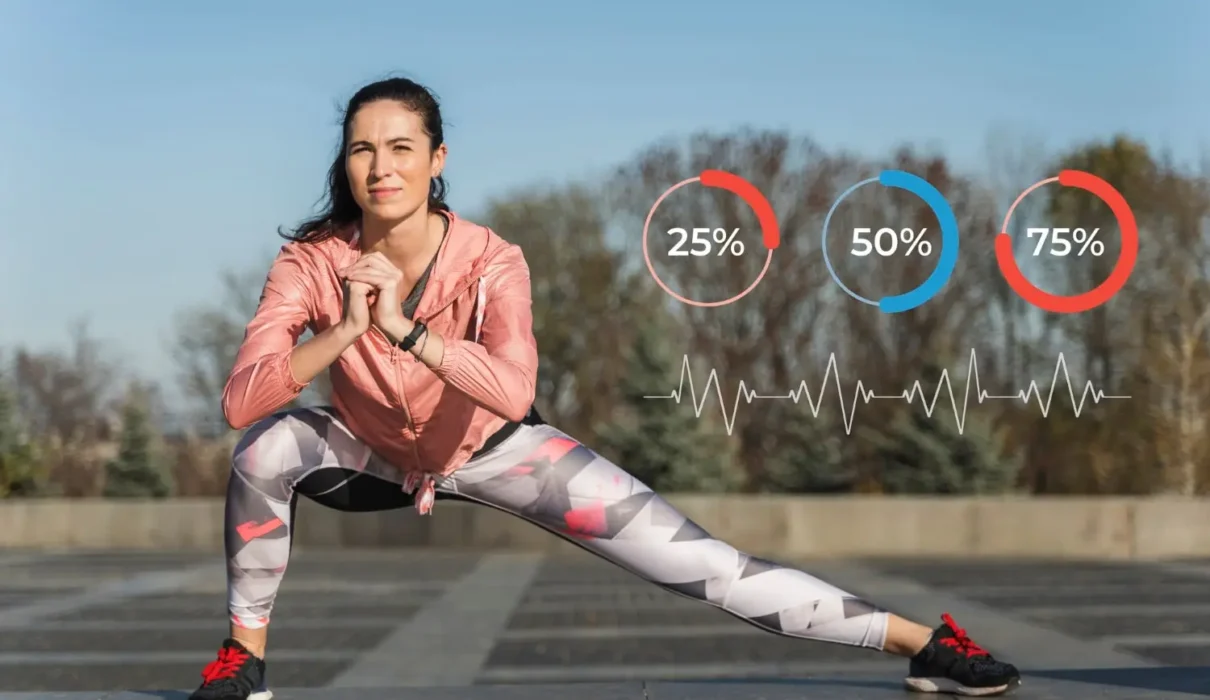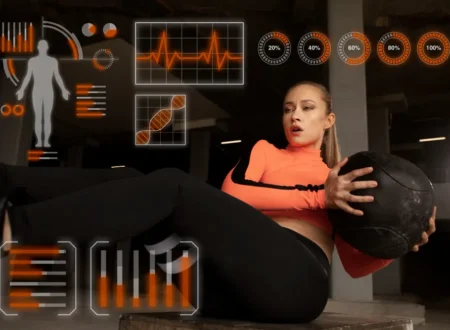Introduction:
Are you tired of following many fitness routines that do not give results? Let’s try something new: focus on Body Composition Exercises. It works more than just reducing weight. Maintaining body composition makes you healthy and strong. It balances your body’s fats and muscles. By prioritizing body composition, you aim for a transformative journey toward a fitter and more vibrant self. It’s about achieving a sustainable and balanced lifestyle that enhances physical and mental well-being. With dedication and the right approach, you can attain the body you desire while enjoying the process.
In this guide, we’ll explore the most essential activities for reshaping your body composition and helping you feel healthier, more energized, and more confident.
How Exercise Affects Body Composition?
Exercise serves as a potent catalyst for improving body composition. It influences the distribution of fat and muscle within the body, leading to favorable changes in overall composition. Here’s how exercise impacts body composition:
- Fat Loss: Aerobic exercises such as running, swimming, and cycling effectively burn calories and reduce body fat. These activities elevate heart rate and metabolism, promoting weight loss and a lean physique.
- Muscle Gain: Resistance training exercises, including weight lifting and bodyweight exercises, stimulate muscle growth and development. Individuals can increase muscle mass, strength, and definition by enhancing body composition with strength training.
- Metabolic Enhancement: Regular exercise enhances metabolic function, improving energy expenditure and fat metabolism. This metabolic boost contributes to long-term fat loss and weight management.
5 Effective Body Composition Exercises
Following are some effective body composition exercises which can help you to maintain your body:
1. Crunches

It is an effective exercise for strengthening the abdominal muscles, including rectus abdominis. If we perform this exercise regularly, it helps improve body composition by reducing belly fat. Following is the complete guide to performing crunches accurately.
Position of Beginning: Lie flat on your back on a mat with your knees bent and feet flat on the ground. Ensure your feet are hip-width apart.
Hand placement: Spread your hands lightly across your chest or behind your head. Don’t pull on your neck if your hands are behind your head.
Connect with Your Center: Fix your abs (consider pulling your midsection button towards your spine).
Phase of Lifting: Lift your shoulders and upper back off the ground with an exhale. During the movement, your abs should be used to curl up, not your shoulders or neck.
Peak Expansion: Stop momentarily at the highest development point and crush your abs.
Phase of Decrease: Breathe in and gradually lower yourself back down to the beginning position.
2. Weighted Squats

This exercise is like simple squats, but we use more weight. People do this exercise to specifically target hamstrings, quadriceps, lower back, and glutes. It helps them gain strength, power, and muscle mass in the lower parts of the body. How to correctly perform weighted squats is as follows:
Equipment: Typically, a barbell is used, but a weighted vest, dumbbells, or kettlebells can also be used.
Position of Beginning: Your feet should be slightly wider than shoulder-width apart when you stand. When using one, place the barbell across your shoulders rather than on your neck. Hold dumbbells at your sides or shoulder level when using them.
The Drop:
- Start by putting your hips back in a chair-like position.
- Lower your body and bend your knees.
- Keep your back straight and chest up.
The squat’s depth: Expect to get your thighs lined up with the floor. Your knees shouldn’t extend past your toes and should stay aligned with your feet.
The Rise: To return to where you started, smash your heels against the ground. Keep your center connected throughout the development process.
3. Push-Ups

Most people add this exercise to their workout routines because we can perform it anywhere without equipment or tools. Push-ups mainly strengthen our triceps, shoulders, and chest. Regular doing improves our body composition by increasing muscle mass and enhancing metabolism. It also maintains our body weight and is effective for weight loss. To perform this exercise, your central positions should:
Starting Position: Start in a plank position and keep your hands wider than your shoulder width. Make sure your body is straight from head to toe.
Lowering Down: Bend the elbows and lower yourself toward the floor. Also, try to keep your elbows at a 45-degree angle.
Depth: Lower your body until your chest touches the floor. While performing this, avoid dropping your hips or arching your back.
Pushing UP: Push yourself through your hands and straighten your elbows to return to the starting position.
4. Burpees

It is a full-body exercise that includes push-ups, squats, and jumps, effectively burning calories and building muscles. It also helps effectively in improving body composition as it targets multiple muscle groups and enhances cardiovascular fitness. Regular exercise enhances strength and endurance and helps reduce body weight. To perform this exercise:
Beginning Position: Stand with your feet about shoulder-width apart and keep your arms relaxed by your sides.
Do Squat: Start by bending your knees and pushing your hips back to lower yourself into a squat position.
Keep Hands on Floor: Place your hands inside your feet on the floor before you.
Take a Step Forward: Squat down after jumping your feet back toward your hands.
Return to the Plank: Jump your feet back to return to a plank position, ensuring your body forms a straight line from head to heels.
Push-Ups as an Option: For an extra challenge, you can add a push-up by lowering your chest to the ground and then pushing back up.
Explosive Jump Up: Jump explosively into the air and raise your arms above your head.
Land and Go Again: To begin the next rep, return to the ground and immediately lower into a squat position.
5. Planks

Planks are an adaptable and efficient isometric exercise primarily targeting the abdominal, lower back, and hip muscles. Additionally, they help with posture and overall body stability. A step-by-step guide for performing a fundamental plank:
Starting Position: Lie on your back on a mat or the ground.
Lower Arm Placement: Place your lower arms on the ground, elbows under shoulders, arms shoulder-width apart.
Creating a Straight Line: Lift your body, forming a straight line from head to heels.
Toe Positioning: Tuck your toes under, supporting your body with your lower arms and toes.
Engaging Core and Muscles: Activate your core, glutes, and thighs to maintain stability.
Aligning Spine and Neck: Ensure your spine and neck are neutrally aligned.
Duration of Hold: Hold this position for beginners, typically 20 seconds to one minute.
Incorporating these body composition exercises into your fitness routine can significantly improve muscle tone, fat loss, and overall physical fitness. Remember to prioritize proper form, progressive overload, and consistency to maximize results and minimize the risk of injury. Whether you are a beginner or a seasoned fitness enthusiast, these exercises offer diverse benefits to support your health and wellness journey.
How to Start These Exercises?
Before starting these exercises, make a daily light exercise routine. It includes jogging, walking, jumping, etc. These light exercises warm up your muscles and joints, which boosts your capacity to perform heavy exercises. While performing any exercise, maintain proper form to prevent injuries and maximize results. It is also advisable to consult with a fitness professional to ensure you are performing the exercises accurately.
What Else Should You Consider When Maintaining Body Composition?
There are some other things that you should consider while maintaining body composition. These include;
- Stress: Stress management strategies like regular exercise, mindfulness practices like yoga and meditation, getting enough quality sleep, participating in social activities, effectively managing one’s time, and taking pleasure in hobbies are suggested to reduce this.
- Sleep: Getting enough sleep is essential for muscle repair and weight management. The body releases growth hormones during deep sleep, which are necessary for muscle growth and recovery, particularly after exercise. Deficient rest can build ghrelin and lessen leptin, prompting increased craving and likely gorging.
- Hormonal Factors: A medical evaluation for hormonal imbalances could be beneficial if you struggle with weight management despite living a healthy lifestyle. Based on the advice from the doctor, you can get treatment or change your lifestyle.
- Recovery: Because it aids in muscle growth and healing, resting is just as important as working out. This is especially important after strength training, as it can tear the muscles in a small way.
- Diet: Center around eating various supplement-rich food sources while decreasing sugar admission. Ensure you’re getting enough protein and good fats in your diet in a balanced amount.
Final Thoughts
In short, shift your focus to body composition, which balances body fat and muscle, fostering a healthier, stronger you. This guide details essential exercises like crunches, weighted squats, push-ups, burpees, and planks, all pivotal in reshaping body composition by enhancing muscle tone and reducing fat. Exercise not only transforms your physique but also boosts metabolism and mental well-being. Complement your workouts with a balanced diet, proper hydration, and adequate rest for optimal results. Embrace this sustainable approach to achieve a fitter, more vibrant self.
FAQs
Q1: When will I see the results from these exercises?
Results vary but consistency is key. You may notice changes in a few weeks with dedicated effort.
Q2: Are body composition exercises suitable for beginners?
Yes, they are. They come with instructions for proper form, making them accessible to all fitness levels.
Q3: Can I target specific areas with these exercises?
Yes, you can modify some exercises to focus on specific muscle groups for targeted toning.
Q4: Will these exercises help with weight loss?
Yes, they aid in fat loss and muscle building, contributing to improved body composition and potentially weight loss.
Q5: Are there any risks I should know about?
While generally safe, consult a fitness professional if you have health concerns or injuries before starting.
If our blog inspires you, visit our website FuseBay, and dive into fresh insights, tips, and stories that fuel creativity and innovation. Join our community today!







